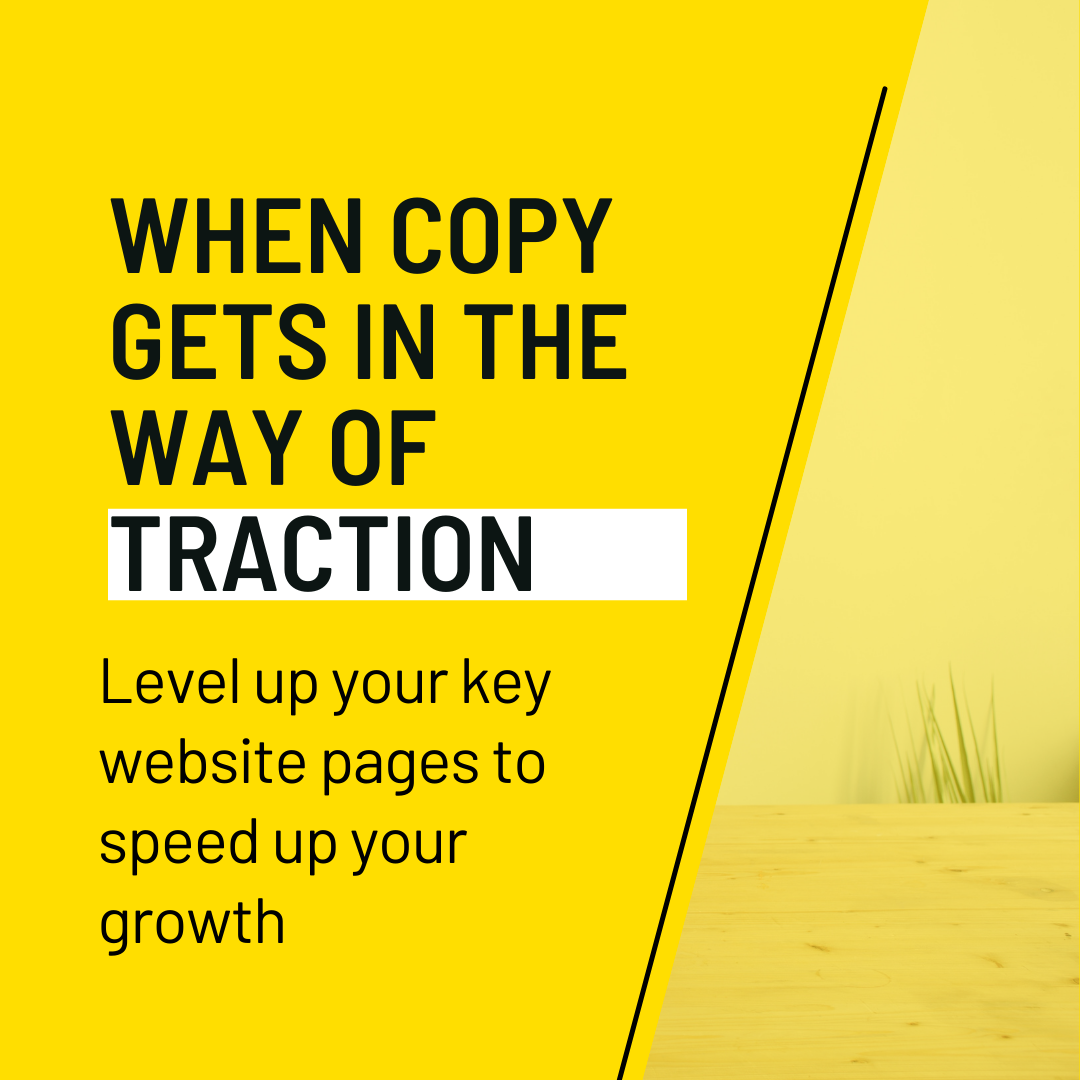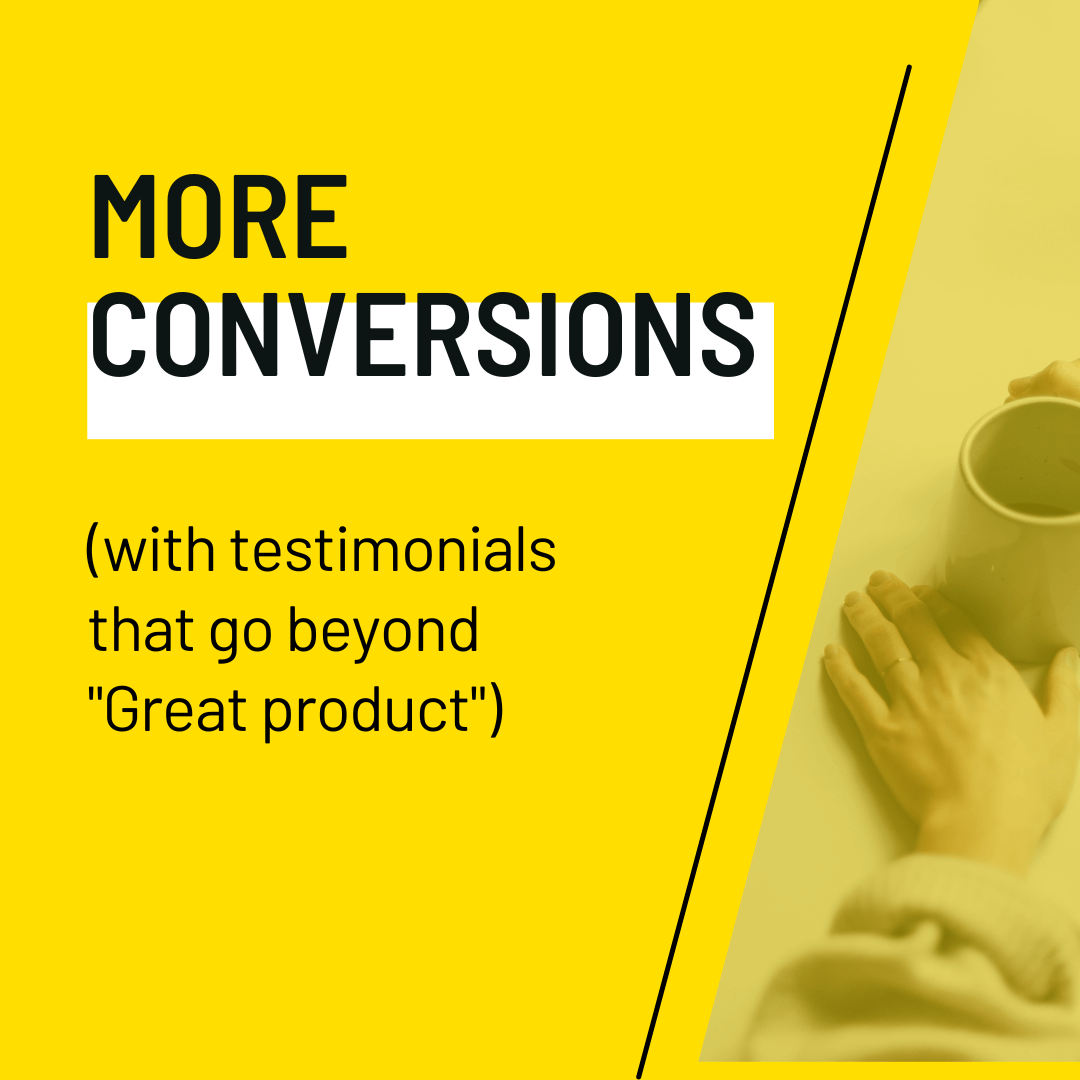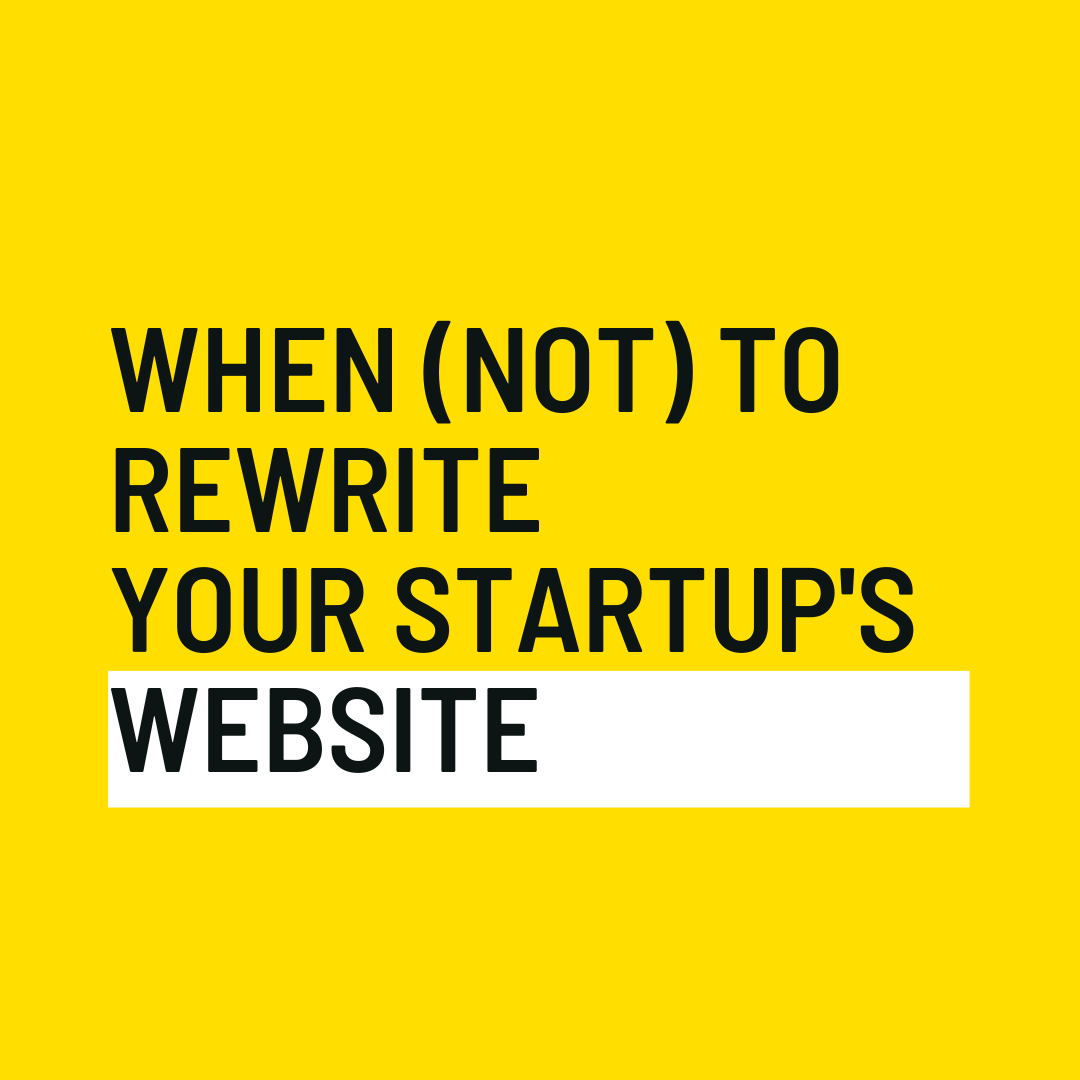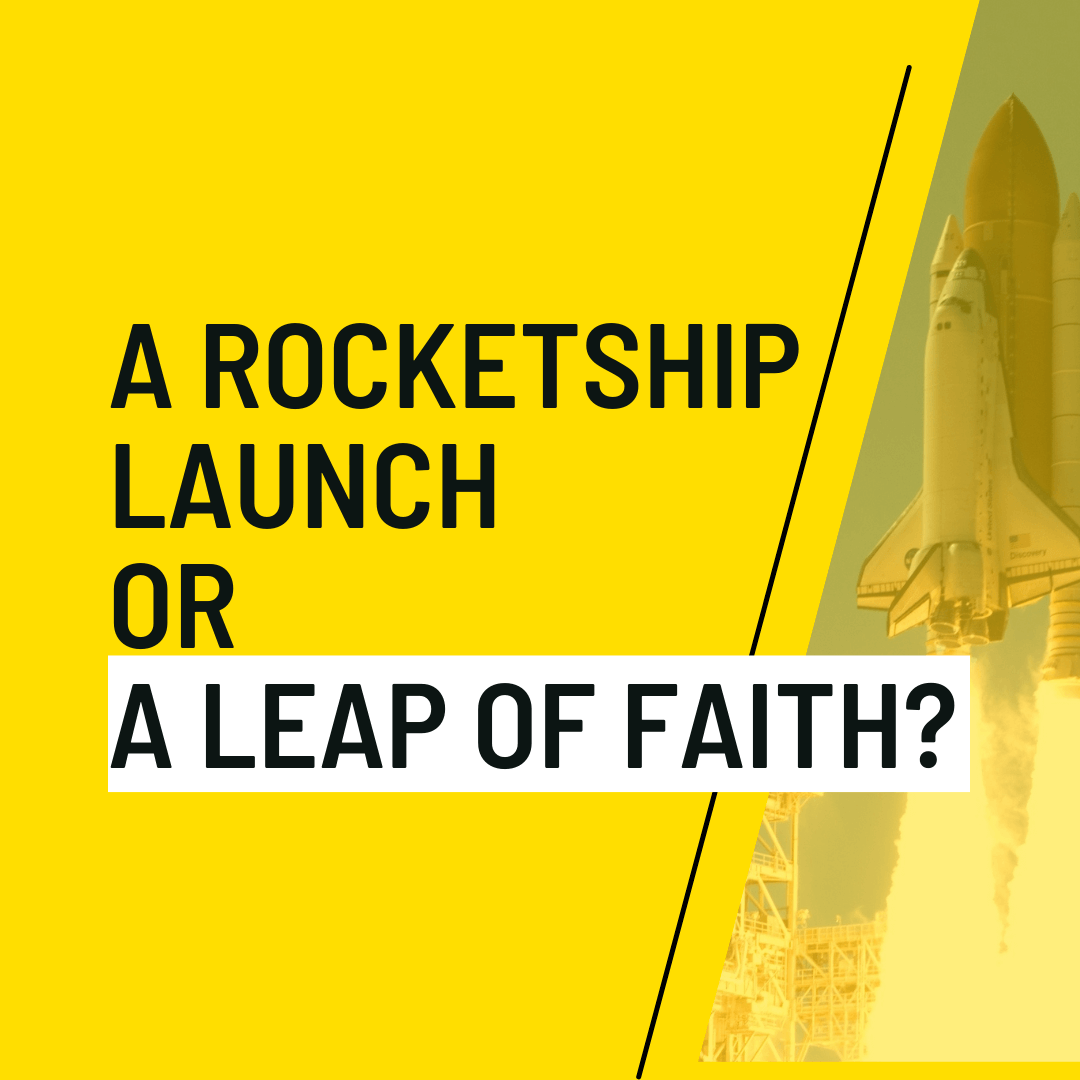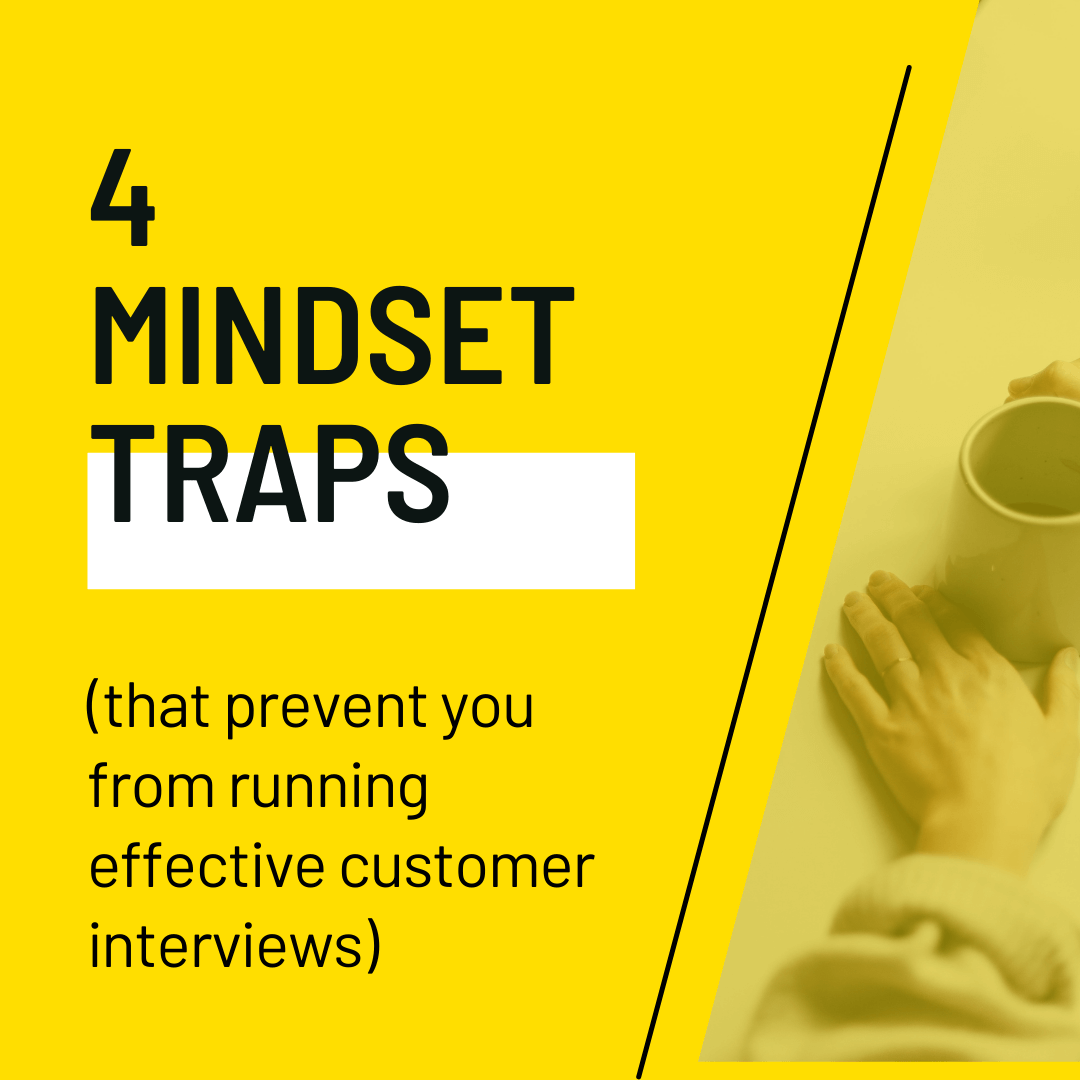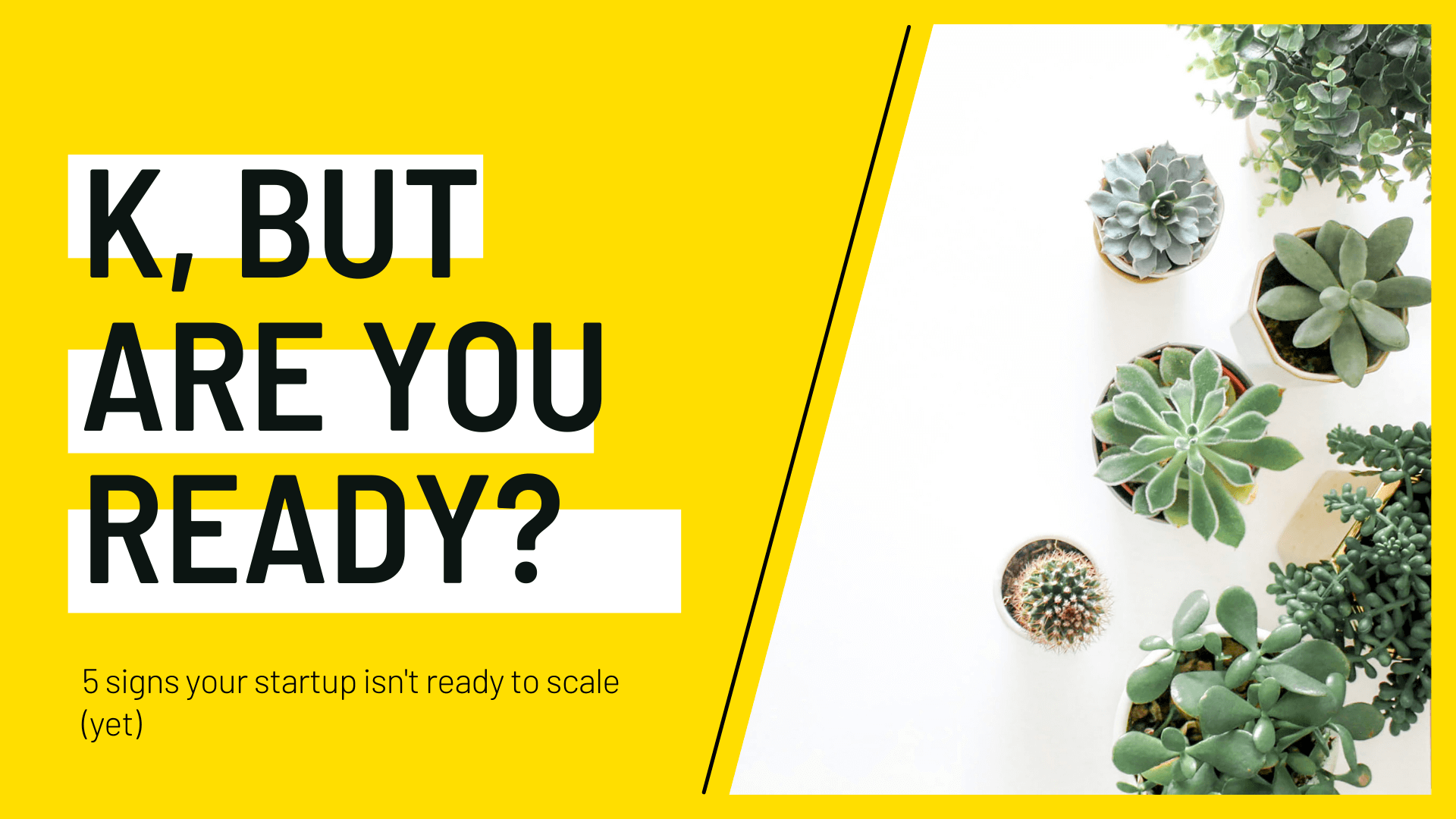Taking case studies from "sales spin" to "spellbinding"
This is how respondents described case studies in a TrustRadius user survey :
“Case studies are all fairy tales” and “propaganda,” full of “sales spin” or even “fabricated.”
Ouch.
How can you hope to dazzle your prospects when they are coming in ready to discount your clients' hard-won results as a "sales spin"?
We all know a bad case study when we see it (it's boring, hard to read, and doesn't help us make a decision), but how can we make our case studies more persuasive — and how can we counter this perception of case study results as "fabricated"?
Especially for early-stage startups, this is a real challenge. For relatively unproven products or solutions, case studies can make sales conversations run smoother and can lead to more conversions for your organic traffic. But, given prospects’ misgivings, it takes some effort to overcome the perception of your customer stories as just a "fairy tale.”
In my experience, growing B2B SaaS startups struggle the most with the following:
Not knowing what to ask for in video testimonials (or not offering a script with key points you’d like your customers to touch on)
Not aligning customer stories with prospects’ objections that are not directly tied to results
Not taking into account different levels of customer sophistication
Using claims that increase, not decrease prospects’ skepticism
In this post, we’re going to dig into all the factors that affect prospects’ perception of marketing claims and look at some real-world examples of customer success stories that hit the mark.
This is what you’ll learn:
- This is your brain on case studies: How we deal with attempts to persuade us — and 3 factors that influence our perception of them
- How to show your prospects that they can trust your case studies: High-credibility claims that make your case study and testimonials look more trustworthy
- Experience claims vs attribute claims
- Example: Descript making experience claims rock with testimonials
- Subjective claims vs objective claims
- Claims for high-risk products vs low-risk products
- Example: Notion addressing barriers to purchasing heads-on
- How to figure out which case study format is the best fit for your audience
- Should I lead with emotions or with facts?
- Writing case studies for knowledgeable audiences: specificity over inspiration
- Example: Mural and EnjoyHQ — digging deep into the how & the why
- Case studies for less-experienced audiences: possibilities and inspiration over feature comparison pages
- Example: MailChimp inspiring small businesses to take action
- Storytelling in customer stories: a buzzword or a best practice?
- tl;dr: 4 tips on how to make your customer stories work for your audience
- Does brand image matter for case studies? (And what to do if you’re not a market leader — yet)
- Now you’re ready! Go forth and apply what you’ve learned
- Cheat sheet of ways to decrease prospects’ skepticism towards your customer success stories
- If you’re ready for the next step: how to get more “Oomph!” out of your case studies
Persuasion attempts and how we deal with them
We don't blindly trust any piece of marketing communications coming our way. Instead, we realize that these messages are crafted to convince us to act in a very specific way. In other words, we access our persuasion knowledge to identify attempts to persuade us, so that we can evaluate those claims and whether or not we should trust them as we try to achieve our own goals.
According to Campbell and Kirmani:
"Prior research has shown that persuasion knowledge is more likely to be activated when depth of processing is high (e.g., when people have high motivation, ability, and opportunity to process information)"
We don't always have an opportunity to process info as thoroughly as we can — sometimes it just doesn't matter, and sometimes we just need to figure something out NOW.
In those cases, a testimonial may be enough to push you over the edge and pull out your credit card. Case in point: Zoom, the go-to default "make our online conferencing problems go away" solution.
However, with case studies it is fair to assume that the audience is willing to put in a little more effort, and might be guided by a belief that case studies cherry-pick the evidence, misrepresent the results, and generally are nothing but glorified ads.
In this case, their persuasion coping behavior is going to be influenced by the following 3 factors:
Persuasion knowledge — their previous experience with persuasion techniques and their understanding of how those techniques are supposed to influence their decision
Topic knowledge — their beliefs about the topic of a specific case study
Agent knowledge — their beliefs about a persuasion agent, in this case, a company presenting the case study results
Persuasion knowledge: choosing tactics to overcome skepticism
Persuasion knowledge does not always lead to increased skepticism. Consumers can distinguish between more credible and less credible tactics, and the type of tactic that is used determines their reaction:
"If a persuasion episode employs a credible tactic and/or is deployed by a credible persuasion agent, consumers are more likely to trust the agent and believe the message"
For example, most people will recognize fake scarcity as a low-credibility persuasion tactic.
There are 3 groups of high-credibility and low-credibility claims that were shown to influence the level of skepticism towards ad copy:
Experience claims vs attribute claims
Subjective claims (not measured in a standard way) vs objective claims (measured in a standard way)
High-risk products vs low-risk products
Experience claims vs attribute claims
Experience claims can't be verified prior to purchase, while search attribute claims can be verified by inspection of a product. Search attribute claims are perceived as more reliable than experience claims.
For example, Descript promises that I’ll love editing recordings.
Even though this is an experiential claim, using customer testimonials makes it so much more believable
With SaaS products, demos can be used instead of search attribute claims. To some extent, they make it possible to "inspect" the product. Free trials can decrease the perceived risk of relying on experience claims when choosing a product.
Subjective claims vs objective claims
Subjective claims can't be measured in a standard way, whereas objective claims can be measured in a standard way. An example for a SaaS product is a ProductHunt ranking. Subjective claims are perceived as more fluffy, and objective claims are supposed to be more reliable.
Claims for high-risk products vs low-risk products
The higher the cost of making a bad financial decision, the more incentive consumers have to examine the claims and to evaluate just how credible they are. But what exactly does "high risk" or "low risk" mean?
Risk perception can be broken down into 2 components:
The probability of losing
The severity of negative consequences
Customer success stories are meant to make prospective customers believe that the probability of losing is low.
In addition to that, they can also address the concern about negative consequences of choosing your product.
There are 6 dimensions of perceived risk:
financial risk
performance risk
psychological risk (loss of self image)
physical risk
social risk (loss of prestige)
time risk (waste of time)
You may have encountered these forces before as objections to purchase — and effective case studies often address those risks:
Countering persuasion knowledge: tactics to make your case studies more persuasive
When prospects are aware that persuasion tactics are used in an advertising message or in marketing collateral, they are more likely to trust the following claims:
claims that can be verified before purchase (search attribute claims)
claims that can be verified in an standardized way (objective claims)
claims promising a higher likelihood of success
claims reducing perception of risk factors, from financial risk to risk of wasting their time
Topic knowledge: how to optimize your case studies for different levels of audience sophistication
How prospective audience's level of experience influences their perception of a case study
When developing a case study outline, you need to consider your prospects' previous experiences:
the individuals do not base choices on rational analysis of consequences, but on emotions and intuition stemming from prior experience. The experiential system is still intertwined with a cognitive system underlying rational decision making.
The less your audience knows about a particular topic, the more they are guided by emotions and the more they use heuristics in their decision-making. The more educated they are on a particular topic, the more capable they are of evaluating your claims based on their prior experience.
Writing case studies for knowledgeable audiences: specificity over inspiration
When making decisions, experienced professionals rely on their tacit knowledge, i.e. gut feelings or less readily accessible knowledge gathered through real-life experience. They are going to be able to process information analytically, and have a more developed frame of reference.
Since they are evaluating new information in relation to already existing schemas, they'll be able to process information more deeply. As a result, they'll want to get into the weeds in your case studies.
For example, in this interview-based case study from EnjoyHQ the introduction sets the stage for answering "Why should I sign up for EnjoyHQ" for companies that are thinking about using "customer feedback and user research to drive product decisions and the importance of empowering product teams with the right data," which implies a certain level of maturity.
The post then goes on to describe in great detail how MURAL uses EnjoyHQ for customer research.
This post, however, starts with a back story of the beta program, and ends with the "top 5 benefits" and advice to prospects (including highlighting the cost of not acting).
While the target audience of the second post is not completely new to the idea of user research, their challenges are those of a less advanced audience.
As a result, this post is focused more on the Pitch journey towards mastering user research, and less on the nitty-gritty of managing a complex system of customer feedback and user research data.
Case studies for less-experienced audiences: possibilities and inspiration over feature comparison pages
Prospects with low product familiarity are likely to evaluate a product as a whole, and are less efficient at doing so.
In other words, they're likely going to need help in connecting the features of your product to outcomes for your business, and will rely on you to help them figure it all out.
Case in point: success stories on MailChimp and ConstantContact.
MailChimp's customer success stories double up as "how-to" articles to help their target audience find out just what is possible with MailChimp. The numbers quoted in the success stories are focused on list growth, higher open rates and click-through rates, or specific challenges that can be solved with MailChimp.
In Constant Contact videos, the focus is on creating a quirky and fun vibe with videos showcasing "business owners just like you" who then introduce their favorite Constant Contact features and explain why they matter:
Iterable, on the other hand, is clearly speaking to a more experienced audience. The case study landing page leads with one featured case study, and has additional studies tagged by industry to the right, helping prospect self-select success stories that make sense for them.
In addition to that, there are quote overlays addressing specific objections, like "growing out" of Iterable. Small businesses just starting to use email marketing are less likely to think that far ahead.
Can storytelling help overcome readers' skepticism?
Our brains are much better at processing information in a narrative format, helping us engage with the subject matter at hand:
A story is useful because it comes with many indices (i.e., touchpoints to the lives of listeners/viewers or to others that cause implicit and/or explicit awareness and emotional connection/understanding in the minds of listeners/viewers).
Storytelling helps generate interest, shows that your product can fulfill prospects' desires, and makes it easier for prospective customers to remember your product.
In addition to that, the narrative format helps readers process complicated information, especially on topics that might otherwise be considered mind-numbingly boring (like retirement planning for undergrads).
Even online reviews are better with storytelling: a study shows that using storytelling techniques in online reviews makes them more appear more compelling.
Ads that use a narrative format are also perceived as more persuasive and more credible:
...narrative self-referencing is able to transport consumers and distract them from weak arguments that, when processed analytically, harm persuasion.
Unfortunately, skepticism has been found to diminish the effect of a story on readers:
The effect of narrative self-referencing can be moderated by factors, such as ad skepticism, that reduce the likelihood that ad viewers will be transported by the ad.
That is not to say that you should avoid stories at all cost — it means that having a story will not replace focusing on presenting high-credibility claims and focusing on the content that matches your audience’s level of expertise.
Topic knowledge: making case studies more persuasive
When developing case studies for different audience segments, you can make them more persuasive and engaging by following these tips:
more experienced prospects are able to process information more deeply and analytically: don't be afraid to go deep on what your product can do for similar companies
less experienced prospect are more likely to be driven by emotions and are less likely to have a developed frame of reference: show them how to work with your product and use a narrative format to increase information retention
storytelling helps readers better process and retain information, and can distract some readers from weak arguments in your case study
readers' skepticism is likely to reduce the power of storytelling — use high-credibility claims to overcome persuasion knowledge skepticism
Agent knowledge: does brand image matter for case studies?
You might think that agent knowledge only applies to cases where a prospect is interacting with salespeople. However, one study found that even for such utilitarian products as tractors, "brand accounts for 38.95 per cent of the purchase decision, ahead of price (25.98 per cent) and service (14.90 per cent)".
The same goes for FMCG products: when a survey was conducted to estimate the willingness to purchase a new line of frozen vegetables from "a large food company" — 47% of respondents were interested in trying it out. However, mentioning Heinz in the same question led to 61% of respondents expressing an interest in buying frozen vegetables.
More relevantly for SaaS companies, the strength of corporate brand was shown to influence the adoption of an innovative service, with 2 factors influencing adoption probability: emotional / perceptual (image, credibility, and reputation) and cognitive factors.
Since image, credibility, and reputation play a more significant role in the adoption of a product, new or low-profile companies will need to compensate for that by giving case study readers additional reasons to trust their results and will need to steer clear of low-credibility tactics that diminish persuasiveness of case studies.
5 quick ways to boost your brand’s credibility before presenting the case study (or to incorporate in the customer story)
In addition to the “Our clients” logo proof bar, add background information about the client you feature in your story before presenting it on a website page or on a sales call
Use third-party credibility boosters (ProductHunt badge, certifications, partnerships, cohorts, investors, any other connections that support your credibility)
Feature brand-boosting objective claims / company stats: number of clients, growth metrics, time in business
Instead of ignoring the “your product is relatively new and unproven” objection, address it. A good question to ask your clients is “Why did you decide to work with us?” — use these quotes before presenting case studies.
Got high-profile clients? Prominently feature those quotes or logos on your website.
Now you’re ready! Go forth and apply what you’ve learned
Cheat sheet of ways to decrease prospects’ skepticism towards your customer success stories
To counter readers' skepticism, customize your case studies to align with your readers' topic knowledge, persuasion knowledge, and agent knowledge:
Topic knowledge — adapt your customer success stories to the level of expertise and stages of awareness of your prospects:
Experienced audiences: want to know specifics and are capable of closely evaluating your claims
Inexperienced audiences: rely on you to connect the dots for them and inspire them
Persuasion knowledge — overcome initial skepticism by using high-credibility persuasion tactics:
"Show, don't tell" with attribute claims: claims that can be verified before purchase
Employ objective claims: to show that your product can achieve specific results
Address objections to purchasing your product based on what your audience perceives as risky
All case studies will be more memorable and persuasive if they employ storytelling techniques; however, skeptical audiences are less likely to be swayed by weak arguments even if they are presented in a storytelling format
Agent knowledge — course-correct based on how your brand is perceived by the case study readers
Brand credibility does affect purchasing decisions and intent; if your brand is relatively new or comparatively unknown, use additional credibility signals to boost your case study's power of persuasion
If you’re ready for the next step: how to get more “Oomph!” out of your case studies
I wrote about making sure that you get the most out of your case studies here. If your plan is to have the case study uploaded to a page on your website and leave it at that, the post’ll serve as an inspiration.
And, to make it easier to go from zero to a published case study, you can download 5 checklists to take you from mapping out your case study brief to case study placement on your website and promotion on social — in one handy template.
Here’s what's included:
Case study workflow (from planning your case study to interviewing and publishing the story)
Case study brief to make it easier for you to ask the right questions during the interview
Case study claims tracker to enhance credibility of your case study and re-use interview quotes across your website
Planning all case study deliverables: ideas on how to really maximize its impact, from video clips to decks
Finally, a checklist to help you make your case study collateral convert better (think of it as a list of frequently missed opportunities)
I help B2B SaaS startup founders and marketers get more traction with research-driven conversion copy — without slowing down their growth initiatives.












